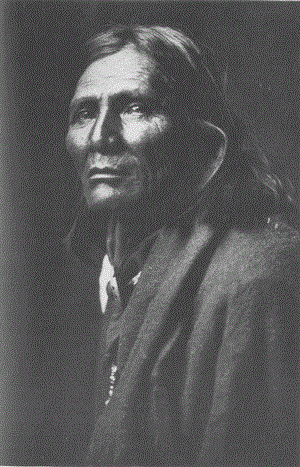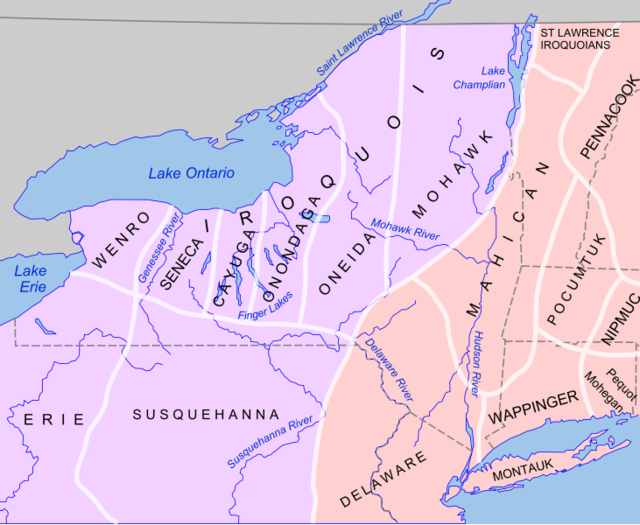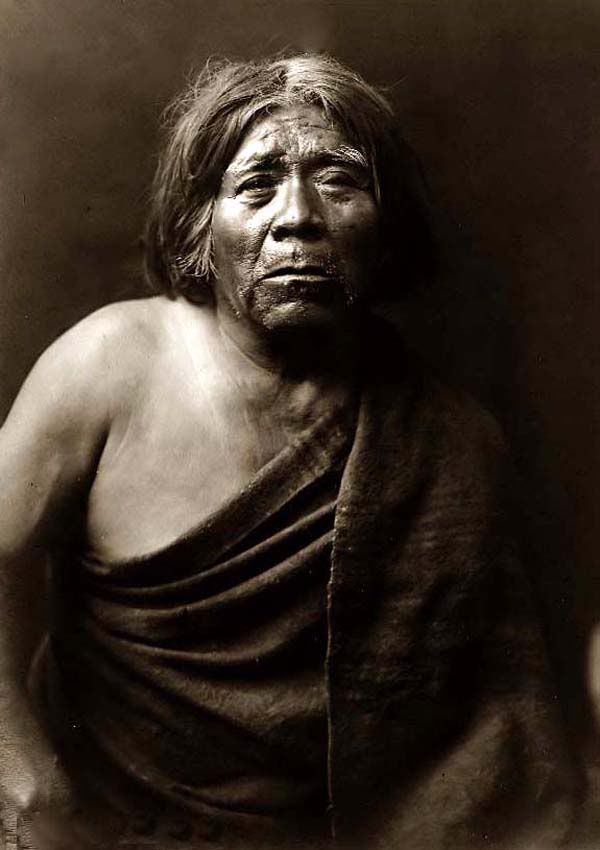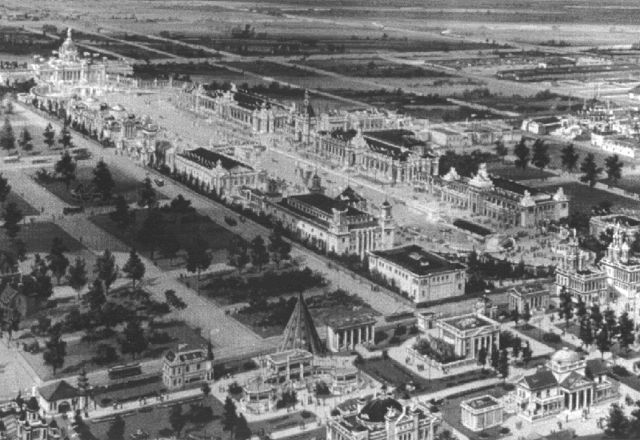( – promoted by navajo)
Long before the Europeans arrived on this continent there was born to the Huron people a man who had a vision of bringing peace to his people. In his vision he saw a great pine tree. The roots of this tree were five powerful nations. From these roots, the tree grew so high that its tip pierced through the sky and on top there was an eagle watching to see that none of the nations broke the peace among them. This Peacemaker was a man named Deganawida (also spelled Deganawidah).
The Iroquois Nations:
According to oral tradition, Deganawida named each of the allied nations, choosing a place as the distinguishing feature of nationality:
Seneca: the big hill people, or the people of the big mountain
Cayuga: the people at the landing, in reference to portaging a canoe
Mohawk: the people of the flint, in reference to the flint quarries in their territory
Onondaga: the people of the hill, in reference to the hill where a woman long ago had appeared to give the people corn, beans, squash, and tobacco
Oneida: the people of the standing stone, in reference to the supernatural stone which followed them

Deganawida’s vision, articulated through the great Mohawk orator Hiawatha, united five Iroquois-speaking nations – the Seneca, the Cayuga, the Onondaga, the Oneida, and the Mohawk- into the League of Five Nations. Later the Tuscarora would join them to form the League of Six Nations. The League is also called the Iroquois Confederacy. They refer to themselves as Haudenosaunee (People of the Longhouse).
While the designation “Iroquois” is often used to refer to the Five or Six Nations, it should be remembered that not all Iroquois-speaking nations in the Northeast were members of the League. Deganawida’s own nation – the Huron – did not join.
Iroquois Spirituality:
The Iroquois tribes, like many other Indian cultures, viewed themselves as a part of nature: neither subordinate to it nor in dominion over it. Seneca archaeologist Arthur Caswell Parker, in his biography of Red Jacket, writes:
“Life was like water; it flowed on like a river and then entered a great sea and mingled in a vast pool of life. Old age was like a tree whose branches had been broken by storms and whose trunk had become weather-beaten and decayed. Good words were like flowers that bloomed and bore seed that lived on after the flowers had withered.”
In maintaining harmony with the world, individuals had guardian spirits to aid them. Everyone-especially young men-found a special guardian spirit at puberty. Great emphasis was given to individual contact with the spirit world. To obtain spiritual aid, people would fast and/or give gifts of tobacco to the spirits. Humans share the natural world with spirit powers and it is important to communicate with these spirit powers.
Everything has a soul. This includes the plants, the animals, the lakes, the rivers, the rocks, and the forces of nature. All things have power to communicate their will and to influence human experience to some degree. In a generalized form, spiritual power is called orenda.
One of the most important aspects of Iroquois spirituality is the dream. Writing in 1668 about the Seneca, the Jesuit missionary Father Fremin observed:
“The Iroquois have, properly speaking, only a single Divinity-the dream. To it they render their submission and follow all its orders with the utmost exactness.”
With regard to spiritual beliefs, the Iroquois believed that all living things were filled with an essence called orenda. Dreams were the main form of contact between orenda and human beings. Individuals would fast and pray to obtain a vision. Dreams expressed the desires of the most inner realm of the soul. The fulfillment of a dream was absolutely essential.
As with tribes in other culture areas, the Iroquois also had a vision quest. Young people were expected at puberty to engage in the vision quest in order to seek out a personal guardian spirit. This guardian spirit was usually associated with the person’s new and sacred name.
Dreams could also tell of the future, providing advice on what to do and not do. Dreams were taken into account at council meetings. In addition, it was common for trade, hunting, fishing, and war expeditions to be organized in response to a dream.
In mid-winter, the Iroquois would hold a dream festival. During this time, old fires would be put out and new fires would be lighted.
Among the Huron, each person has two souls: one of these souls animates the body and one soul extends beyond physical activities. In sleep, one soul communicates with spirits and with other human souls. When this soul returns to the body, dreams are the way in which the soul’s experiences are communicated. It was essential to reenact these dream adventures in order to unify the two souls and make each person whole again. The failure to do this would result in serious illness which could impact the entire village.




I read all of your diaries on dailykos and especially appreciate this one as it is close to home for me.
This post is poetry.
As a person deeply connected to the earth and the natural environment, i have asked and found my spirit guide, which has helped me focus and gather my personal power when i needed it most.
Dreams have been a guiding force for me- i ask for solutions before sleeping and am usually given answers.
I view them as sleeping meditations.
Very powerful.
Your diaries are almost always a pleasure to read.
You write that Iroquois believed:
That set of beliefs is a foundation of Chondogyo, a native religion practiced in North Korea. Chondogyo was first expressd in the 1860’s as a response to invading colonial oppression from Japan and loosely translated, the name Chondogyo means “Eastern Wisdom.”
Other aspects of Chondogyo diverge from Iroquois beliefs, but the universal divinity we share with rocks and rain is central to understanding.